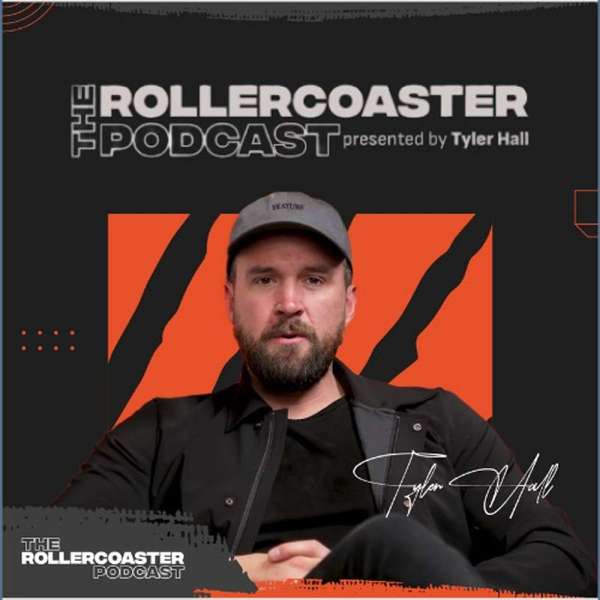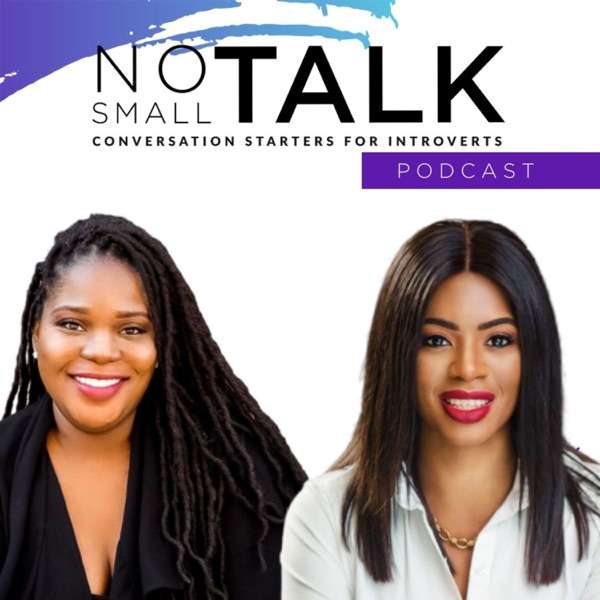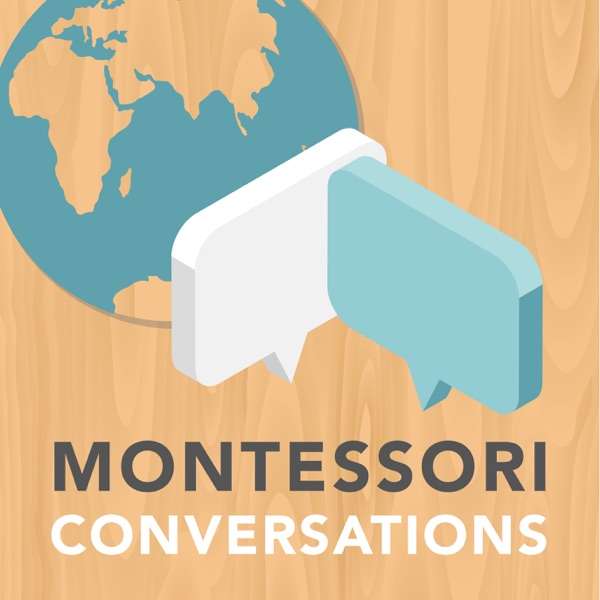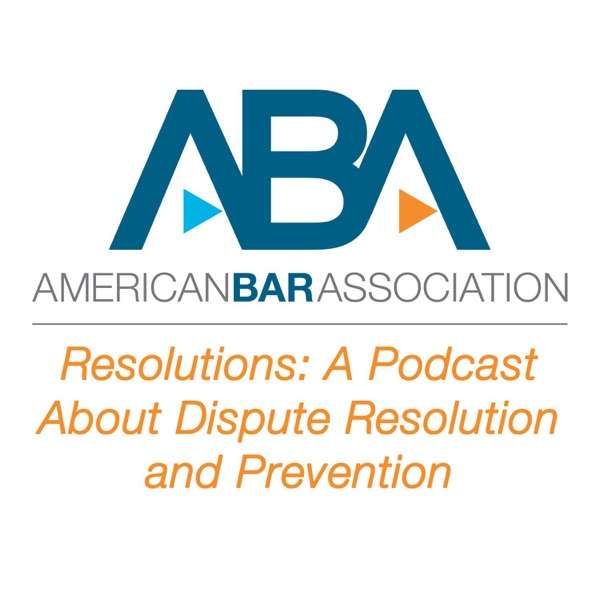3 Steps to Teach Empathy and Eliminate Risk of Exploitation
"College Kids are about 40% lower in empathy than their counterparts of 20 to 30 years ago, as measured by standard tests of this personality trait." Says Sara Konrath, who is a researcher at U-M Institute for Social Research The biggest drop in empathy was is after the year 2000
Candace Joice who is the Education Director at i-empathize is tackling this drop in empathy head on. Today Candace shares with us the three elements that i-empathize teaches kids during their entertain events to build empathy, be open and proactive about their areas of weakness a.k.a "push points" and how to recognize the difference between a negative and positive pull.
[6:07] Nurturing Empathy: There are three natural human responses that humans can happen when we seeing suffering. 1. Apathy. A simple response of "I don't care" 2.Sympathy. "I feel really bad that I am watching someone go through this" For kids it might be watching someone gets bullied in the hall or watching someone come to school every day hungry. Sympathy is just a feeling and can be burdensome to carry it inside of you. 3. Empathy is an action and an empowering position because it is acknowledging the capacity you have to make a difference in someone's life.
[8:01] What happens when kids are taught to be empathetic? Their own self-esteem will be ignited along with their sense of empowerment by communication with the kids that they can make such a huge difference in the life of someone else.
[8:33] We are born with a sense of empathy. A baby who hears another baby cry will also cry because there is a sense of "someone else is in pain and I feel that". But over time if that empathy is not nurtured it will fade away. Nurturing empathy in kids is essential to weeding exploitation out of our cultural soil.
[9:27] Why are we seeing this lack of empathy and disregard for human life? Author Michele Borba who wrote 'Unselfie Why Empathetic Kids Succeed in Our All-About-Me-World' Says that we have definitely hit a new generation of the youth that is called the "selfie generation" and that social media is all about displaying and curating a certain kind of image, that can take over from what we hope would be the concern for others and what others want and need.
[12:15] What is a push factor? A push factor is something that is outside of your control that can make you feel vulnerable. For young people, it could be something like not enough food or a lot of alone time because the parents are out of the home. I-empathize whats kids to be able to recognize the things that make them feel scared or unsafe. Once that feeling can be translated and recognized you can find help and safe place to deal with it. Another way to look at a push factor is that it is a weak link, a place in the chain that is not safe.
[14:52] What are negative and positive pulls? After the kids identify a place that makes them feel unsafe, then they can start thinking about who could be a positive pull or someone that could help them deal with it in a positive way. Because of the fact that "push factors" are places that can be used against the kids and be used to easily manipulate them in a negative way. In the youth programs, they teach the kids how to recognize those positive and negative pulls so they can navigate their personal situation in a safe way that is less likely to land them in a place where they are no longer in control.
[17:35] My (Emily's) personal experience with a 'negative pull' when I was 16.
[20:03] Candace gives us in detail what a lesson in "good pull, bad pull" would look during one of their events.

 Our TOPPODCAST Picks
Our TOPPODCAST Picks  Stay Connected
Stay Connected







